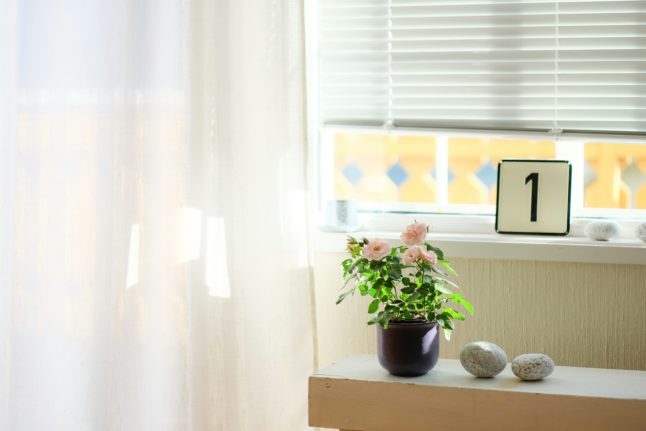Insurance policies in Norway cover both the sale (boligselgerforsikring) and purchase (boligkjøperforsikring) of a property.
Both policies cover any potential expenses that could occur with a property. This could be if the property had a fault not previously picked up on or to cover legal costs if the buyer wants to make a claim against the seller.
READ ALSO: What foreign residents in Norway need to know to get a mortgage
Property purchases in Norway have a liability period of five years, and insurance covers the entire liability period.
Seller’s insurance covers the party who sold the property if there was an issue with the home and will cover the buyer’s costs.
The rules for selling property in Norway have changed in recent years. Previously, homes could be sold “as is,” which meant the buyer was more responsible for costly issues with the home.
However, this rule has now been phased out, and most properties in Norway come with an extensive property report where any known and potential issues with the home’s condition must be listed.
The seller of the home is far more responsible for errors and defects with the house that the buyer was not aware of when making the purchase compared to when homes could be sold “as is”.
READ MORE: The important small print to look out for when you buy a house in Norway
Still, sellers can, in some cases, be responsible for damage and issues that they were not even aware of. For example, prior work carried out in kitchens and bathrooms that weren’t approved by the authorities would count, as would water damage.
When this happens, the selling party usually has to repay part of the purchase price or discount the home.
Seller’s insurance can also be used when issues cost more than 10,000 kroner to correct, with the policyholder paying the first 10,000 kroner.
The insurance also includes lawyer coverage in the event that the claim goes to court.
Seller insurance is normally priced at between 0.2 and 0.55 per cent of the sale price.
Home sellers’ insurance isn’t a legal requirement, and you can sell a home without it, although many brokers recommend it.
Most homes sold in Norway are sold with seller’s insurance, which is especially recommended when selling older, larger properties.
The condition report that is now common also means that the risk of the buyer discovering any undisclosed issues with the home is quite low, but not zero.
Whether the seller has taken out insurance shouldn’t matter too much to buyers. Just because a seller has such insurance doesn’t mean the home is fault-free or that you will have greater rights than if the seller didn’t have insurance.
Buyer’s insurance, meanwhile, covers legal costs incurred by buyers if they wish to file a complaint.
For example, should their be issues with the pipes in the property that neither party knew about, seller’s insurance covers the cost of the repairs, while buyers insurance covers the legal costs of making the complaint.
Therefore, the main perks are having access to a lawyer if you need one and avoiding legal bills.
However, you most likely won’t end up using your buyer’s insurance policy, as the seller’s insurance resolves many disputes before going to court. The insurance company also decides whether it’s worth taking your case to court.
While insurance for sales is standard practice, buyer’s insurance is less common.



 Please whitelist us to continue reading.
Please whitelist us to continue reading.
Member comments